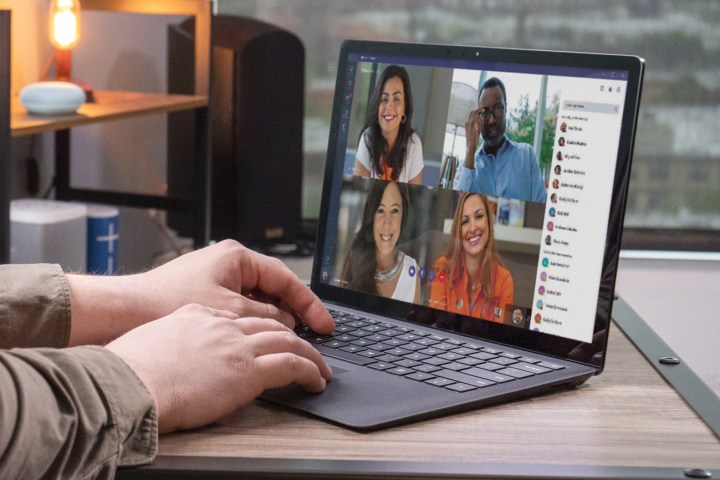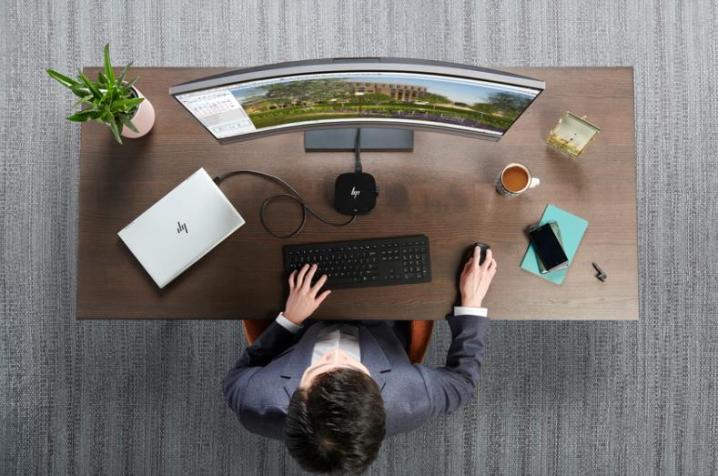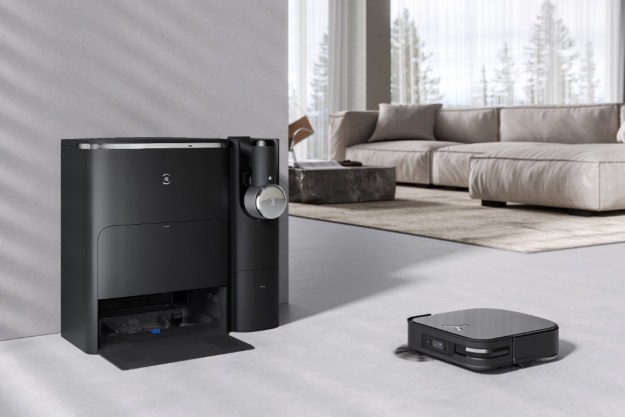
Every evening, at 5 p.m., Daniel Russell closes all his tabs. He signs out of his email, and shuts down his computer. He then stands up, walks out of his at-home office, and closes the door.
This weekday ritual marks the end of a workday for Russell, who, like many Americans, has been working exclusively from his Portland, Oregon, home for nearly a year due to the coronavirus.
Nearly 3,000 miles away, in Brooklyn, New York, Megan Schmidt struggles to focus even after the workday has supposedly ended.
Whether it’s her roommates walking in and out, or the perpetual appeal of television, Schmidt, a public relations associate, quickly started to find herself distracted when she began working remotely. By the third week of working from home, she couldn’t wait to get back to the office — whenever that would be.
“When I realized we were in it for the long term, I felt all the joy being sucked out of my job,” she said. “I didn’t have the people who made it good everyday. That was a hard moment.”
In March, millions of office workers left their cubicle desks and haven’t returned since. Many have been surprised by the benefits of remote work, while others have struggled with productivity and motivation. Some big employers, like Google, Twitter, and Facebook, told employees they don’t ever have to come back if they don’t want to. This led many people to up and leave big cities for suburbs, where the cost of living is much lower than major hubs like San Francisco and Seattle, leaving those economies to suffer.
Corporate research firms anticipate remote workers will continue to make up a large portion of the workforce even after COVID is no longer a major threat, which begs the question: Is remote work sustainable long term? For the economy and the employee?

It isn’t exactly clear — yet. Economists predict the next wave of work will look like a hybrid of our past and present: Remote sometimes, and in-person others. Workers seem to think so, too. A study published in May found six in 10 Americans expect work will never be the same post-pandemic, and 20% have considered taking a job that allows them to work remotely.
“No one has a crystal ball, but I expect a lot will change,” said Dimitris Papanikolaou, a professor of economics and finance at Northwestern University. “The main question we want to answer is, ‘Why do we want people to be together in the same office?’ and then, what’s the benefit of that?”
Eager to go back
For Schmidt, the benefit of returning to the office is obvious: Her co-workers.
“I am one of the people in the office who is the biggest talker, I really appreciate being around people,” she said.
Prior to the pandemic, Schmidt’s job duties included meeting clients for coffee and brainstorming ideas with her colleagues. Now that her work has turned virtual, it’s a lot harder for her to not sit on social media and doom scroll. She realized she needed to make changes fast if she was going to survive working from home indefinitely.
“My apartment wasn’t huge, I never had a desk, and I never had a dining room table, so I started working from the couch,” said Schmidt, who works in tech PR, which meant that videoconferencing gear was never an issue. “It was pretty quick that I knew that wasn’t sustainable, and that it requires a setup to be successful.”

But even with an at-home office (with a door and everything), Russell, a human resources manager at a software company in Portland, found remote work frustrating.
“I get energy from being around people, and that’s difficult through a flatscreen,” he said. “There’s also no break in your day, there’s not a lot of variety. There’s a ton of value in casual contact, and body language from shoulders up doesn’t give off the same effect.”
The reason why we will likely never see the complete abandonment of offices is because of this. Creative and communication occupations, those that require collaboration and teamwork, rely heavily on interpersonal relationships. And maintaining those bonds, and the level of productivity that’s required, is difficult to foster over Zoom.
“I can see people working part-time remotely, but I have a hard time visualizing how the entire workforce could work from home efficiently,” said Papanikolaou.
The future is flexibility
In July, Zillow announced it would allow its 5,500 employees to work from home permanently at least part of the time. The decision came rather quickly, as the company realized it didn’t know how long lockdown would last.
“We knew people wouldn’t snap back to the same rhythms as before, so we knew we had to adapt,” said Dan Spaulding, Zillow’s chief people officer.
And adapt they did. So well in fact that when the company surveyed its employees last spring, 31% said they would want the ability to work remotely post-COVID. That number jumped to 58% when employees were surveyed again in the fall, according to Spaulding. Zillow isn’t getting rid of its offices, but instead leaving it up to its workers to see what works for them — and what doesn’t.

“Flexibility within your work is going to become as valuable as compensation and benefits,” he said. “It may be more logistically complicated for us as employers, but we are in a competitive race for talent, and this is what people are going to demand.”
Flexibility to work when you want, where you want, is not rewarded to all workers. Even though the pandemic has shown it is possible with our current technological infrastructure, more than half of the workforce has no opportunity to do so.
This includes retail and service workers, educators, and many women. Women, especially caregivers, have been hit the hardest during the pandemic, by sustained job loss, economic recession, and school closures.
The main reason Shea Washburn decided to go back to school was so she could pursue a remote job in the future. In March, Washburn, 22, was laid off from her sales position at Nordstrom’s in New York City, she had an epiphany while she was unemployed.
“Having that time off work made me realize how important it is to have control over when I can and can’t sit down,” Washburn said. Over the summer, she spent time walking around Central Park, getting fresh air and light — something that was not previously available to her in Nordstrom’s basement home department where she worked.

The time to reflect led Washburn to believe the pandemic has the ability to drastically alter how American industries view “unskilled” workers — those who work in low-wage jobs, but have highly transferable skills.
“In our society, we need to advance in a way that allows people to choose how they work,” she said. “This means allowing traditionally in-person workers, like retail and restaurant workers, to easily pursue remote work instead of isolating them to in-person only careers.”
A focus on mindfulness
It’s almost been a full year since the virus first made its way to the U.S., which means one in six Americans have been working remotely for nearly that long, too. Many are feeling unmotivated, isolated, and paranoid.
But glorifying the office as a way to get back to normal may not be the way to move forward. Before the coronavirus, American workers were experiencing skyrocketing levels of burnout. And if one good thing comes from COVID, it’s the focus on mental health in the workplace.
Remote work has made employers put more of a focus on mindfulness — being more open to personal days, automated email replies, and realizing that not everyone works the same.
“Some businesses want the world to snap back to the way it was, but the way it was had its limitations,” Spaulding said. “I’ve never been so present and engaged with my family in my career. I can’t imagine going back to the life I led before this and not seeing them for 10 hours a day.”
Every industry is bound to vary in its adaptation to long-term remote work as the pandemic drags on, but Papanikolaou isn’t worried about its effect on the financial markets or real estate.
“Whatever is good for worker productivity is going to be good for the economy,” he said.



